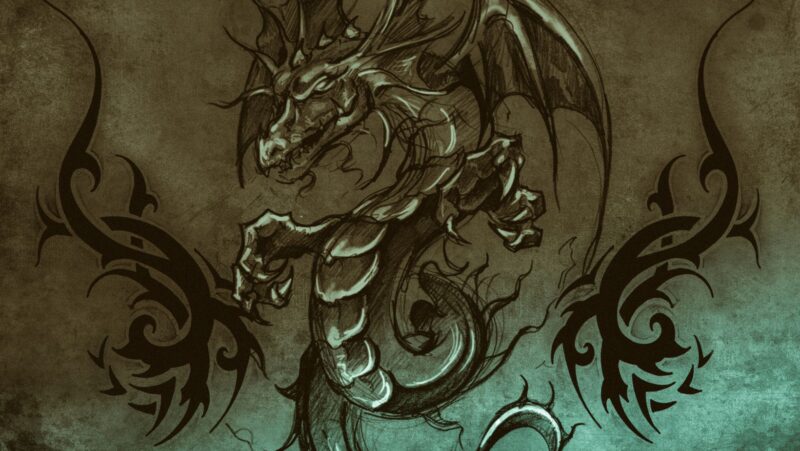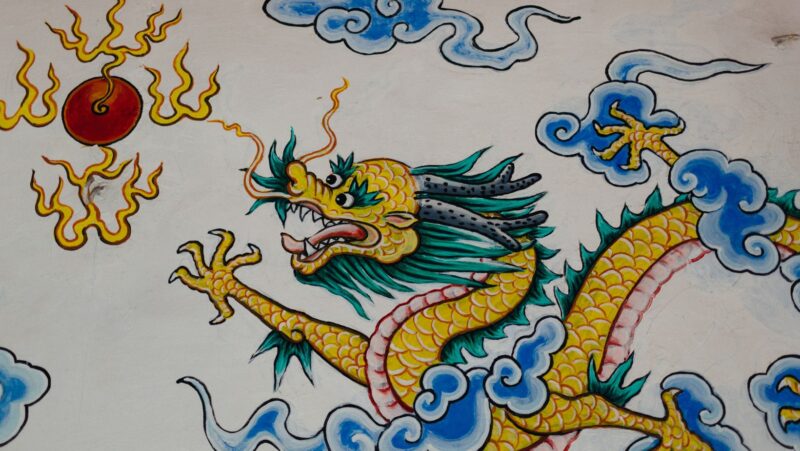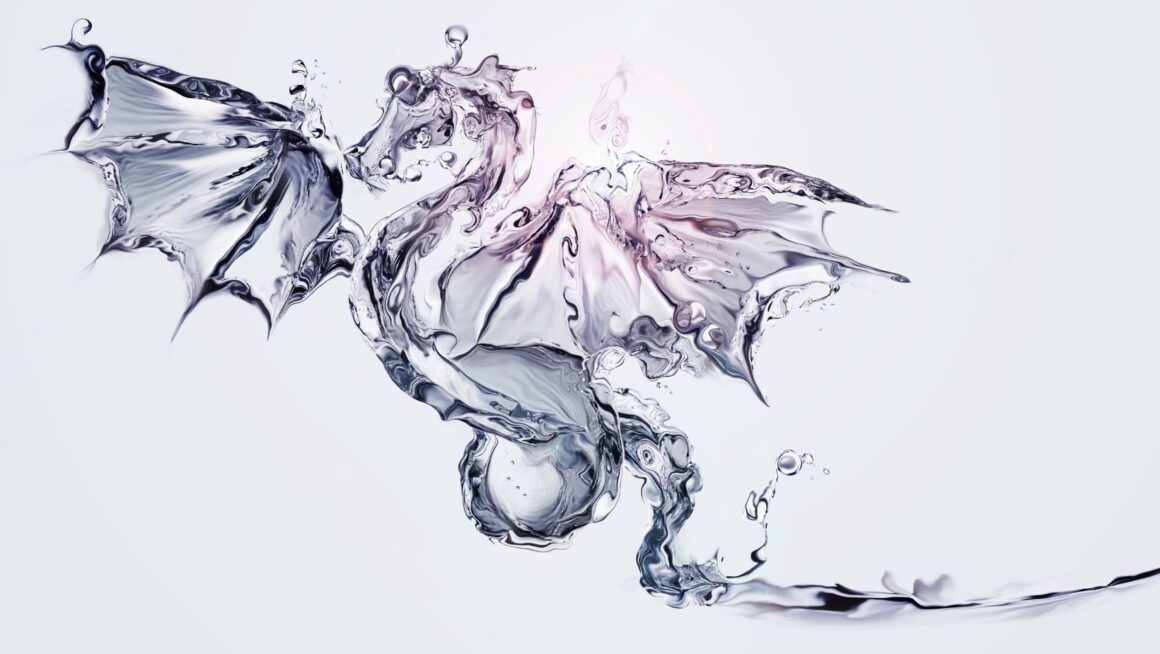Unleashing your inner artist can be a thrilling adventure, especially when your canvas is graced with the majestic and mythical creature – the dragon. Crafting this awe-inspiring beast with your own hands, stroke by stroke, brings a sense of accomplishment that’s hard to match. So, whether you’re a seasoned artist, looking for new and accesible hobbies, or a budding novice, let’s embark on this creative journey together.
Drawing:5z_boyjkm98= Dragon
 The practice of drawing dragons, creatures of myth and legend, engages artists deeply. Here’s delving into the intricate world of dragon illustrations. Dragons, in illustrations, symbolize a plethora of attributes such as power, wisdom, and fear. Storytelling idolizes dragons, using their symbolism to propel plots and even reinventing journalism, literature, art, and film. Mastering the skill of drawing dragons thus opens new avenues for artists—in book illustrations, game design, and even animation.
The practice of drawing dragons, creatures of myth and legend, engages artists deeply. Here’s delving into the intricate world of dragon illustrations. Dragons, in illustrations, symbolize a plethora of attributes such as power, wisdom, and fear. Storytelling idolizes dragons, using their symbolism to propel plots and even reinventing journalism, literature, art, and film. Mastering the skill of drawing dragons thus opens new avenues for artists—in book illustrations, game design, and even animation.
The symbolism of dragons, their universal appeal, and the endless creative interpretations make them significant elements in illustrations. Artists enjoy the artistic freedom that comes with designing these mythical creatures, wherein every scale, every wing flap, and every fiery breath conveys a unique trait.
Choosing the Right Materials for Dragon Art
To truly encapsulate the power and majesty of dragons in artwork, artists must select their materials judiciously. Paper of higher quality, with sufficient thickness and texture, enhances the depth and richness of the dragon illustration. Artists often opt for watercolor paper with a weight of 140 lbs or more, as it withstands extensive detail work.
 In the selection of drawing tools, pencils and ink pens offer fine control, vital for the dragon’s intricate scale patterns and expressive features. Artists regularly turn to 2B pencils for initial sketching, and varying grades of graphite for intricate shading. For the defining line work and stark contrasts, nothing prevails over the sharp precision of ink pens.
In the selection of drawing tools, pencils and ink pens offer fine control, vital for the dragon’s intricate scale patterns and expressive features. Artists regularly turn to 2B pencils for initial sketching, and varying grades of graphite for intricate shading. For the defining line work and stark contrasts, nothing prevails over the sharp precision of ink pens.
Embellishing the dragon with color breathes life into the artwork. Oil pastels, colored pencils, and watercolor paints each bring distinctive aesthetics. While oil pastels yield bold, vibrant colors, colored pencils allow subtle gradations. Watercolor paints, on the other hand, produce a delicate, translucent effect, ideal for the lending a mystical aura to the ethereal dragon.
Mastering Dragon Anatomy
Though illustration may seem a simple task, it’s in fact an intricate study of proportions, scale, and attention to detail. This proves especially true when engaging in rendering dragon anatomy, as crafting these mythical creatures poses a unique combination of challenge and creativity. For instance, they frequently present an amalgamation of features from various animals such as reptiles, birds, and mammals.
 The article advances the reader’s understanding of dragons by focusing on mastering their anatomy. The features usually include an extended snout, reptilian eyes, large and scale-covered wings often reflecting the pattern of a bat’s wing, and a lengthy serpentine tail. Plus, there’s the characteristic dragon’s claw, similar to an eagle’s talon; it’s designed with longer nails and extra digits. Each feature requires the artist to infuse it with depth and texture by manipulating contrasts between shadows and light.
The article advances the reader’s understanding of dragons by focusing on mastering their anatomy. The features usually include an extended snout, reptilian eyes, large and scale-covered wings often reflecting the pattern of a bat’s wing, and a lengthy serpentine tail. Plus, there’s the characteristic dragon’s claw, similar to an eagle’s talon; it’s designed with longer nails and extra digits. Each feature requires the artist to infuse it with depth and texture by manipulating contrasts between shadows and light.
Knowledge of animal anatomy assists in constructing a believable dragon. Understanding the mechanics of a bird’s flight, for instance, can inform the design and depiction of wings. Additionally, studying a snake’s movement could guide in creating an impactful, winding tail. In sum, understanding dragon anatomy lets artists unlock the door to creating powerful and enchanting creatures.
Cartoon Versus Realistic Dragons
So, you’ve ventured into the realm of dragon artistry. Whether you’re sketching cartoonish dragons or aiming for realistic depictions, it’s clear that the journey is as thrilling as the end result. The blend of features from different animals that form a dragon’s anatomy can be challenging. Yet, it’s this very complexity that makes the process rewarding. The article has shown how high-quality materials and a firm grasp of animal anatomy can turn your dragon sketches from mere doodles into captivating works of art. Remember, the dragon’s snout, wings, tail, and claws are key to its charm. Keep practicing and soon enough, you’ll be creating dragons that could rival Smaug or Drogon. As with any art form, patience, perseverance, and passion are your best allies in mastering the art of drawing dragons.

